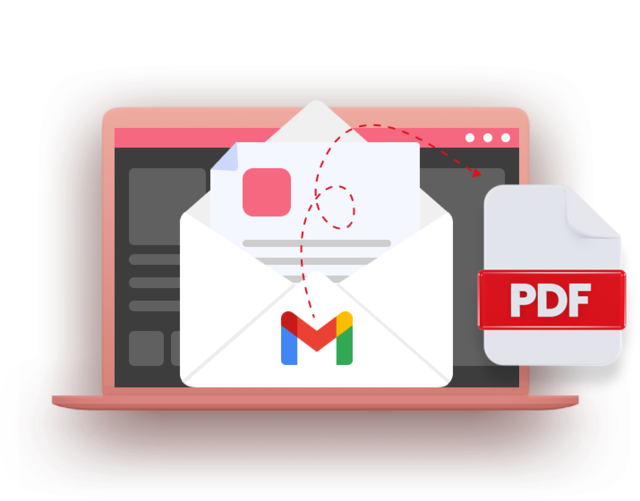Gmail is a well-known platform for email in the digital age. It can be difficult to organize and manage emails. It is convenient to to save and share emails in PDF format.
Why save email in PDF format?
Let’s first understand the reason why it’s essential to save emails in PDF. Portable Document Format (PDF) is a standard format that is able to be used across a range of devices. By converting your emails to PDF, you’ll get an image of the document that is preserved in its original formatting including attachments, formatting, and overall structure. This not only ensures the security of vital information but also facilitates sharing and reference.

How do you save an email as a PDF using Gmail
1. Open the email: Log in to your Gmail account. Open the email message you’d like to convert to a PDF.
2. Click on the Print Icon: Locate the icon for printing (usually illustrated by a print) in the email message window. Click on it to display the print dialog box.
3. Select “Save as PDF” in the destination field: Select “Save As PDF” from the available printers.
4. You are able to alter the settings before saving. This can include paper size and orientation, layout etc.
5. Click “Save”: Click on the “Save” option, then select the destination folder in order to save the email.
Your Ultimate Guide to Seamless Conversion
We’ve already covered the basic concepts, but let’s take a look at some additional ways to enhance your experience when emailing to pdf within Gmail. For more information, click Save Email as PDF
Create folders for organizing to maintain a logical method of organization, create separate folders to separate categories. For example, you might keep folders for your work-related emails and personal correspondence or specific projects. These folders can be saved as PDF to make retrieval much easier.
Gmail provides batch processing in case you’re looking to print a number of emails. This feature can be handy when you need to archive conversations or complete threads of a project.
Name Conventions: Make the same naming conventions to all your saved PDFs. Include information like the sender’s name, the topic or date, in order to locate particular documents.
Password protection: To increase security, secure sensitive PDFs. This ensures that only authorized individuals have access to the PDF and adds an extra layer of protection for confidentiality.
Cloud Storage Integration: Find out how to connect your Gmail account to cloud storage services. You can then save your emails to Google Drive or other platforms as PDFs, which allows access to them at any time.
Conclusion
The capability to save Gmail emails as PDF is a useful skill that will increase your capabilities in managing email. Whether you’re archiving important messages, creating a reference library, or sharing information with your colleagues, the conversion of emails to PDF offers a versatile solution.
It is crucial to keep in mind that having mastered the process of the conversion of PDFs will simplify your workflow and help you to be more efficient. While you traverse the vast landscape of your emails, you can use the ability of PDF to save, share, and reference your messages easily. Download emails as PDFs to increase the efficiency for your Gmail account.